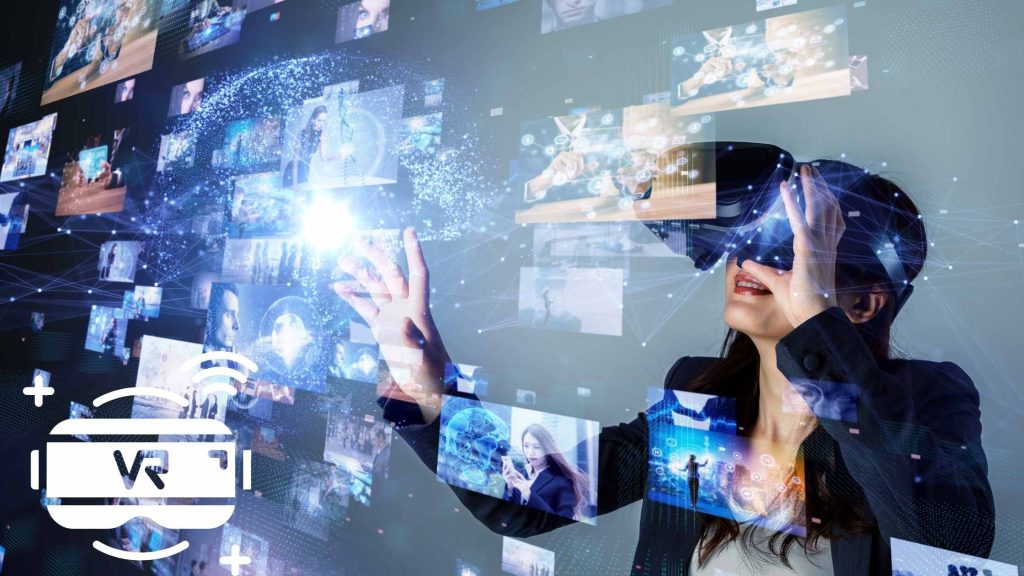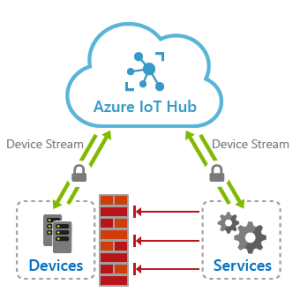
The Future of Virtual Reality in Smartphones
Introduction
In recent years, virtual reality (VR) has taken significant strides in transforming various industries. From gaming and entertainment to healthcare and education, VR has demonstrated its versatility and potential impact. With advancements in technology, smartphones have also become capable of delivering immersive VR experiences. In this article, we will explore the future of virtual reality in smartphones and its potential to revolutionize the way we interact with digital content.
1. Enhanced Hardware
Smartphone manufacturers are continuously pushing the boundaries of hardware capabilities to enhance VR experiences. Faster processors, improved graphics chips, and increased RAM enable smartphones to handle the demanding requirements of VR applications. Additionally, advancements in display technology, such as high-resolution screens and high refresh rates, contribute to creating more realistic and immersive VR environments.
2. Development of VR-Specific Apps
As the popularity of VR in smartphones grows, developers are working to create more VR-specific applications. From VR gaming experiences to virtual tours of famous landmarks, these apps aim to provide users with unique and engaging content. The future will likely bring a wider range of VR apps catering to different interests and industries, making smartphones indispensable tools for VR enthusiasts.
3. Integration with AI and IoT
The convergence of virtual reality with artificial intelligence (AI) and the Internet of Things (IoT) opens up endless possibilities. VR-enabled smartphones can leverage AI algorithms to provide personalized and adaptive experiences. For example, VR headsets could adjust content based on the user’s preferences or even track eye movements for a more interactive encounter. Integration with IoT devices can further enhance VR experiences by allowing users to interact with their smart homes or IoT-enabled objects within the virtual environment.
4. Evolution of 5G
With the advent of 5G networks, VR experiences on smartphones are expected to reach new heights. The increased bandwidth and lower latency of 5G connections will enable real-time streaming of high-quality VR content without buffering or lag. This development is crucial for multiplayer VR gaming, live events streaming, and remote collaboration, as users can interact seamlessly with others in shared virtual spaces.
5. Augmented Reality Integration
Augmented reality (AR) and virtual reality are closely related technologies. In the future, smartphones will likely offer seamless integration between AR and VR experiences. This combination can enable users to switch between viewing the real world through their camera and immersing themselves in virtual environments seamlessly. This fusion of AR and VR will bring new dimensions to smartphone usage and create limitless possibilities for both entertainment and practical applications.
Conclusion
The future of virtual reality in smartphones is incredibly promising. With continuous advancements in hardware, the development of VR-specific apps, integration with AI and IoT, the evolution of 5G, and the integration of augmented reality, smartphones have the potential to revolutionize the way we interact with virtual environments. As these technologies converge, the boundaries between the real and virtual world will blur, empowering users with unprecedented immersion and interactivity.

